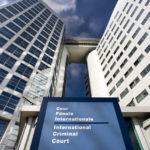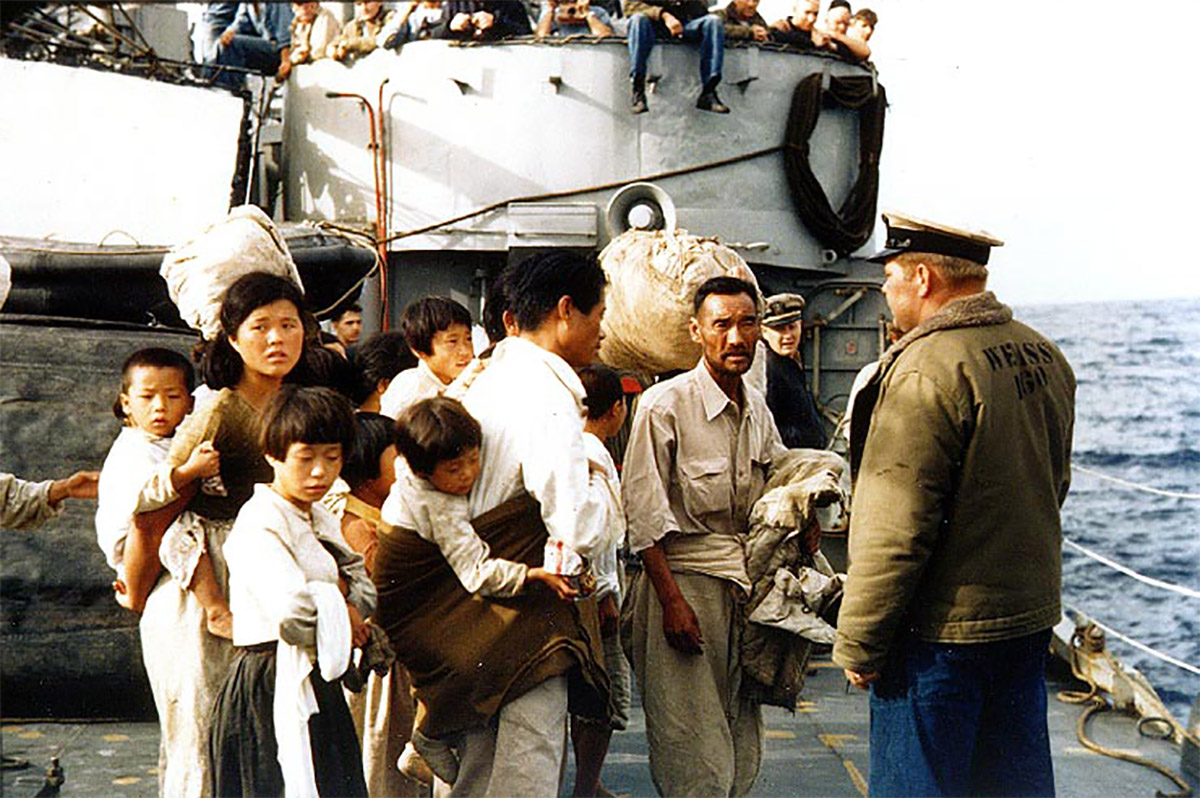Though the peace agreement between President Juan Santos and Revolutionary Armed Forces of Colombia’s (FARC) Commander Timochenko was narrowly defeated in a plebiscite on October 2nd, the world’s longest running civil war appears to be in its twilight. The intensity of the fighting has dropped precipitously since its peak in the early 2000s. Organized military groups in Colombia, FARC being the largest but not the only, are steadily losing ground in remote regions, and major cities have been free from daily terrorism for years.
Current international coverage has only offered in passing the most basic of accounts of FARC, Colombia’s place in the Cold War and the land disputes that have fed a half-century long civil war. Despite the setback to a negotiated peace, a difficult prospect for any civil war, both Santos and Timochenko have promised to continue a bilateral ceasefire and search for a negotiated peace.
Media aside, scholars have given the majority of credit for the reduction in violence to a military campaign started in the early 2000s under President Alvaro Uribe and President Santos, now a Nobel Peace Prize winner, and his massive and controversial push for a negotiated peace. Yet, this line of analysis ignores the immense economic transformation of Colombia in the last decade.
The military offensive and coca plant eradication programs, central tenants of the US-backed Plan Colombia, began in earnest in the early 2000s. Scholars argue that these state-actions functioned as a stick that dissuaded more rebels from joining up. Yet, a report from the Colombian Government titled “Enough!” shows that during this period the conflict increased in intensity dramatically with nearly 20,000 people being killed in 2002, three quarters of them civilians.
The intensification of the conflict has been credited with bringing FARC to their knees. While there is truth in this, the question remains, at what cost? The policies in Plan Colombia killed and displaced more civilians, as well as militants, than during any other period in the civil war. Conflicts decrease economic capacity through destruction of infrastructure and natural resources as well as diverting state resources from more economically productive ends. The security-based line of analysis ignores the metaphorical carrots, economic growth and opportunity, that also function as a deterrent to potential rebels.
The civil war began shortly after the end of World War II as Conservative and Liberal political parties, polarized by land disputes, took up violent opposition to one another. In the aftermath, indigenous, Afro-Colombian, other marginalized groups and leftist students in rural areas organized against land grabs and eventually formed FARC.
The civil war, however, is not simply a conflict between state military forces and left-wing groups. By the 1980’s, right-wing paramilitary groups, both self-organized and with state military support, were operating in rural areas and functioning as their own miniature states. At the heart of the conflict has always been the issue of economic opportunity and, in particular, land – who owns it and for what end?
Despite land’s centrality, FARC never demonstrated the capacity to control country-sized portions of territory. Instead, maintaining control of more limited rural areas and keeping out capitalistic interests were the primary goals of the group. FARC used guerrilla tactics from bases in remote mountains, and carried out kidnappings for ransom and terrorist-style attacks in major cities.
Violence increased in the 1990s and early 2000s following the end of the Cold War. Lacking any real ideological legitimacy, FARC and its ilk pushed further into the drug trade and ransom activities as a source of revenue with paramilitaries following suit. With new-found oil reserves and increased military support from the US, the state had greater resources to carry out the war under President Uribe.
At the same time, Colombia began looking for ever greater legitimacy on the global stage. Both President Uribe and President Santos attempted to reverse their country’s image as a dangerous drug exporter into a tourist destination and legitimate exporting nation. Free trade agreements with developed economies like Korea, Canada and the US have become a central part of Colombia’s foreign policy.
It is an oversight that the military offensive that led to the most intense period of fighting has received more credit for ending the war than the period of economic growth that took off at the same time. From 2002 to 2012 the country’s GDP nearly quadrupled. Foreign direct investment also surged, primarily in the oil and mining sectors. Unemployment has steadily decreased. Though some scholars argue growth has come at the expense of equality, the Gini coefficient has held steady since the 1980s and the absolute number of people living in poverty has decreased dramatically.
FARC has become ideological bunk and rural Colombians see more and better economic opportunities, both in cities and in their home regions. Fewer and fewer Colombians see promise for a better future through armed rebellion against the central government. The peace agreement was seen as too lenient on FARC, but economic prosperity and opportunity for those most affected by the war is the best prospect for a successful agreement in the future.
- NOVAsia Is Hiring: Call For Applications and Contributors for Spring 2025! - February 26, 2025
- NOVAsia Is Hiring: Call For Applications and Contributors for Fall 2024! - August 20, 2024
- NOVAsia Is Hiring: Call For Applications and Contributors! - February 19, 2024






